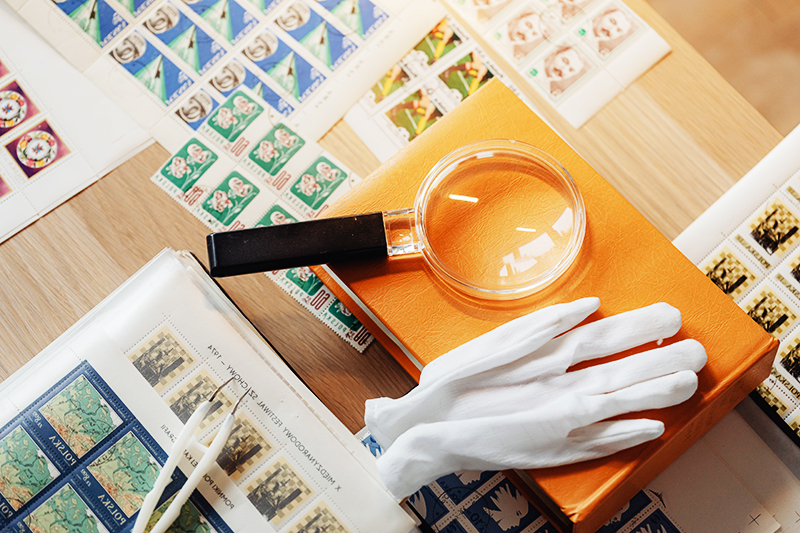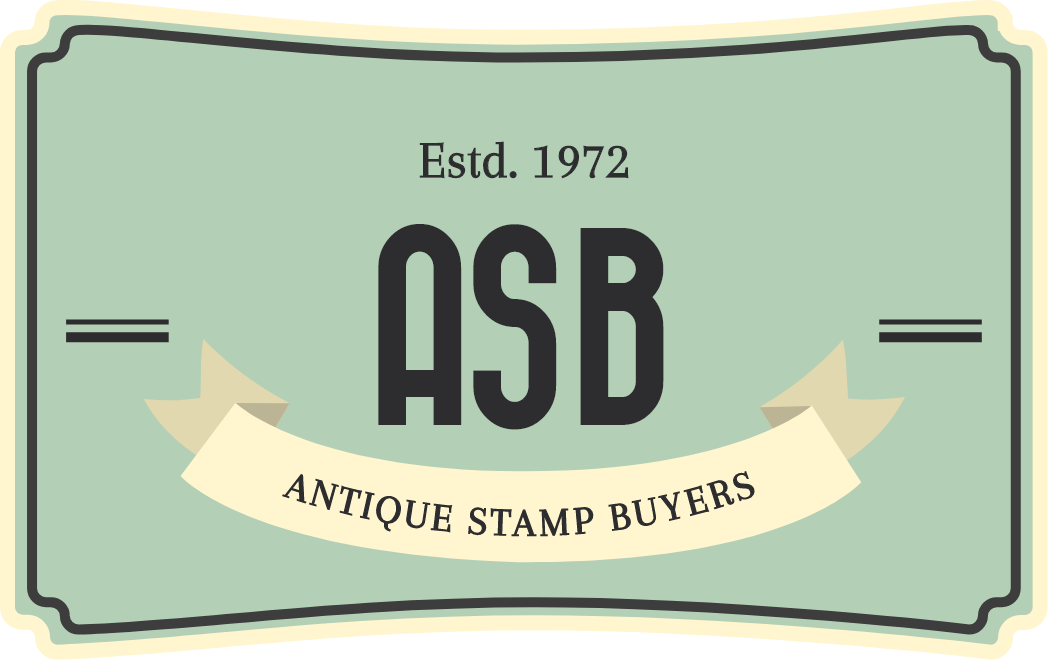How to Identify and Date Old Stamps: Tips and Tricks from Experts

Trading Of Different Categories Of Antique Stamps For Making Profit
December 30, 2023
How Antique Stamps Can Teach You About History and Culture
February 19, 2024Stamp collecting has been a popular hobby for many years, with people worldwide collecting stamps for their beauty, significance, and historical value. Many people collect old stamps, which can be valuable to any collection. However, identifying and dating old stamps can be challenging, especially for beginners. Fortunately, experts use several tips and tricks to identify and date old stamps. Read the best tips and tricks and provide information on caring for and collecting old stamps.

1. Understanding the Characteristics of Antique Stamps
The first step in identifying and dating old stamps is understanding what makes a stamp antique. Generally speaking, stamps that were issued before 1940 are considered antique. However, some collectors also consider stamps from the 1950s and 1960s antiques. Antique stamps are typically characterized by their age, rarity, and historical significance.
Standard features of antique stamps include intricate designs, detailed engraving, and bright colors. Many antique stamps were also printed on high-quality paper, which has helped them to survive for many years. Understanding these standard features can allow you to differentiate between an antique and a vintage stamp.
2. Identifying the Age of Your Vintage Stamps
Once you have determined that a stamp is antique, the next step is identifying its age. Several factors can affect the value of a vintage stamp, including its rarity, condition, and historical significance. When examining an old stamp, looking for things like postmarks, cancellation marks, and other markings that can help you determine when the stamp was issued is essential.
The essential thing to look for is the printing method used on the stamp. Stamps printed using engraving or lithography techniques are typically older and more valuable than stamps printed using other methods. Additionally, the presence of a watermark can help you to identify the age of a stamp, as watermarks were used on many stamps issued before the 1950s.
3. Tips for Dating Old Stamps
One of the best ways to identify and date old stamps is to use a stamp catalog. Stamp catalogs are comprehensive guides that list all of the stamps issued by a particular country, along with their dates of issue, denominations, and other essential details. You can use a stamp catalog to look up the stamp in question and determine its age and value.
Another essential factor to consider when dating old stamps is the presence of a watermark. Watermarks were used on many stamps issued before the 1950s and can be a valuable tool in identifying the age of a stamp. Hold the stamp to a light source to check for a watermark and look for a faint image or pattern on the paper. If you see a watermark, you can use a stamp catalog to determine the date range during which the stamp was issued.
4. Caring for Antique and Vintage Stamps
Proper handling and storage are essential when caring for antique and vintage stamps. When handling old stamps, gloves are necessary to prevent oils and dirt from getting on the stamps. Additionally, you should avoid using adhesive or other harsh chemicals to remove stamps from envelopes or other materials.
Keeping antique and vintage stamps in a dry, calm, and dark place is essential. Stamps should be stored in acid-free paper or plastic sleeves and kept away from direct sunlight, heat, and moisture. You can also use stamp albums to store and display your stamps, which can help to protect them from damage.
5. Selling and Collecting Old Stamps
If you are interested in selling antique and vintage stamps, several options are available. You can market your stamps on online auction sites like eBay or sell them to a stamp dealer or collector. It is essential to research the value of your stamps before selling them, as some can be pretty valuable.
If you want to collect old stamps, many resources are available to help you get started. You can join a stamp club or association, providing you with access to stamp catalogs, expert advice, and other resources. Additionally, there are many online forums and communities where old stamp collectors can share their knowledge and expertise.
In conclusion, identifying and dating old stamps can be a challenging but rewarding hobby. You can build a valuable and exciting collection of old stamps by understanding the characteristics of antique stamps, identifying the age of your vintage stamps, and following proper care and storage techniques. Whether you are a beginner or an experienced collector, many resources are available to help you get started and grow your collection over time.
We offer FREE Antique Evaluations & Antique Appraisals.
Please send us an email at info@antiquestampbuyers.com.
In your e-mail, please include as much of the following as possible.
- A High-Quality photo of your item (taken under natural light is best.)
- A Description of the item/items. Include a physical description, and any historical knowledge you may have of it along with any information you can share about the item that will help us provide you an accurate evaluation/price of the item.
- Please include your Phone number, City where the items are located, Your Zip Code.
We will reach out to you ASAP with more details.

